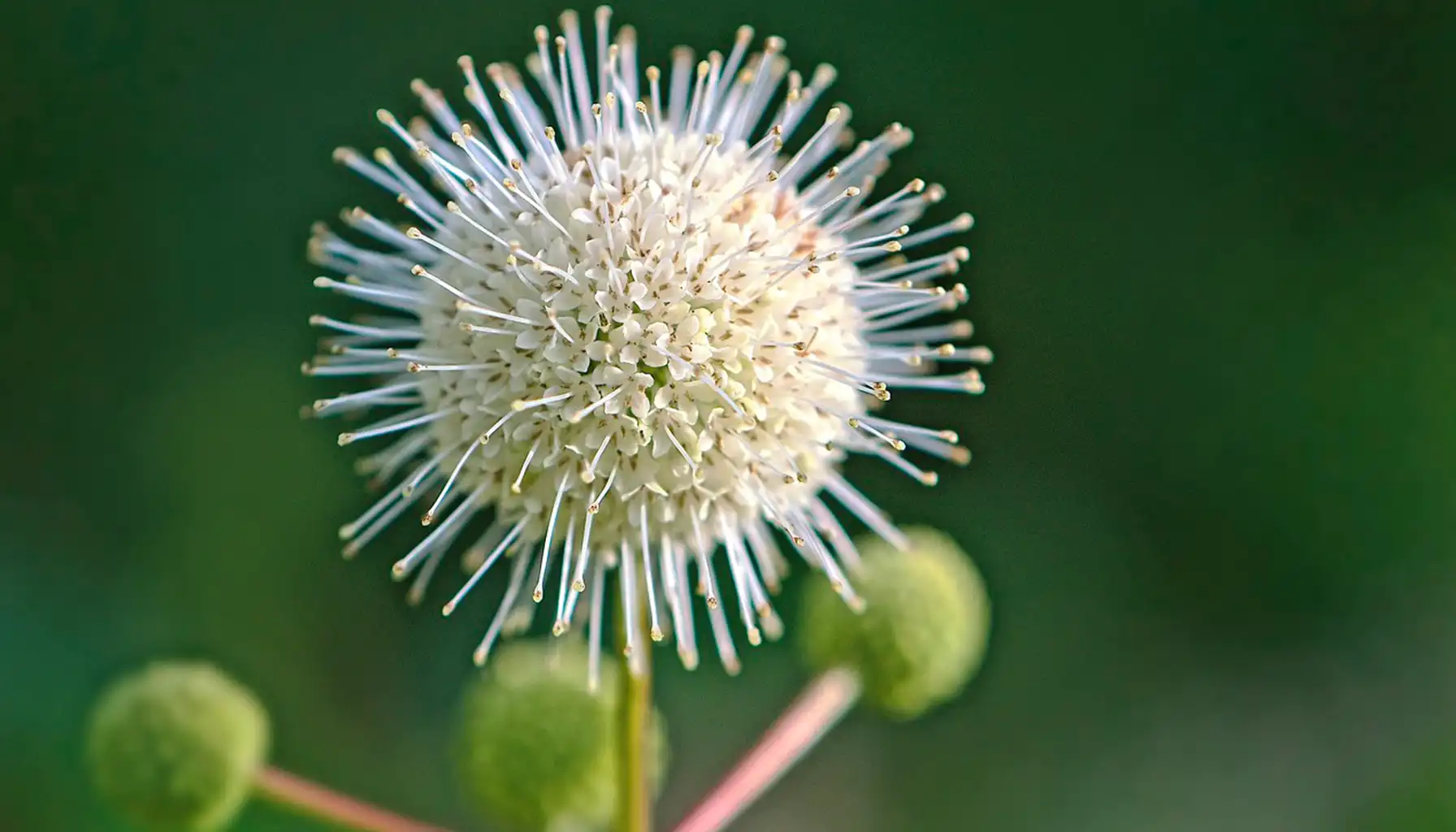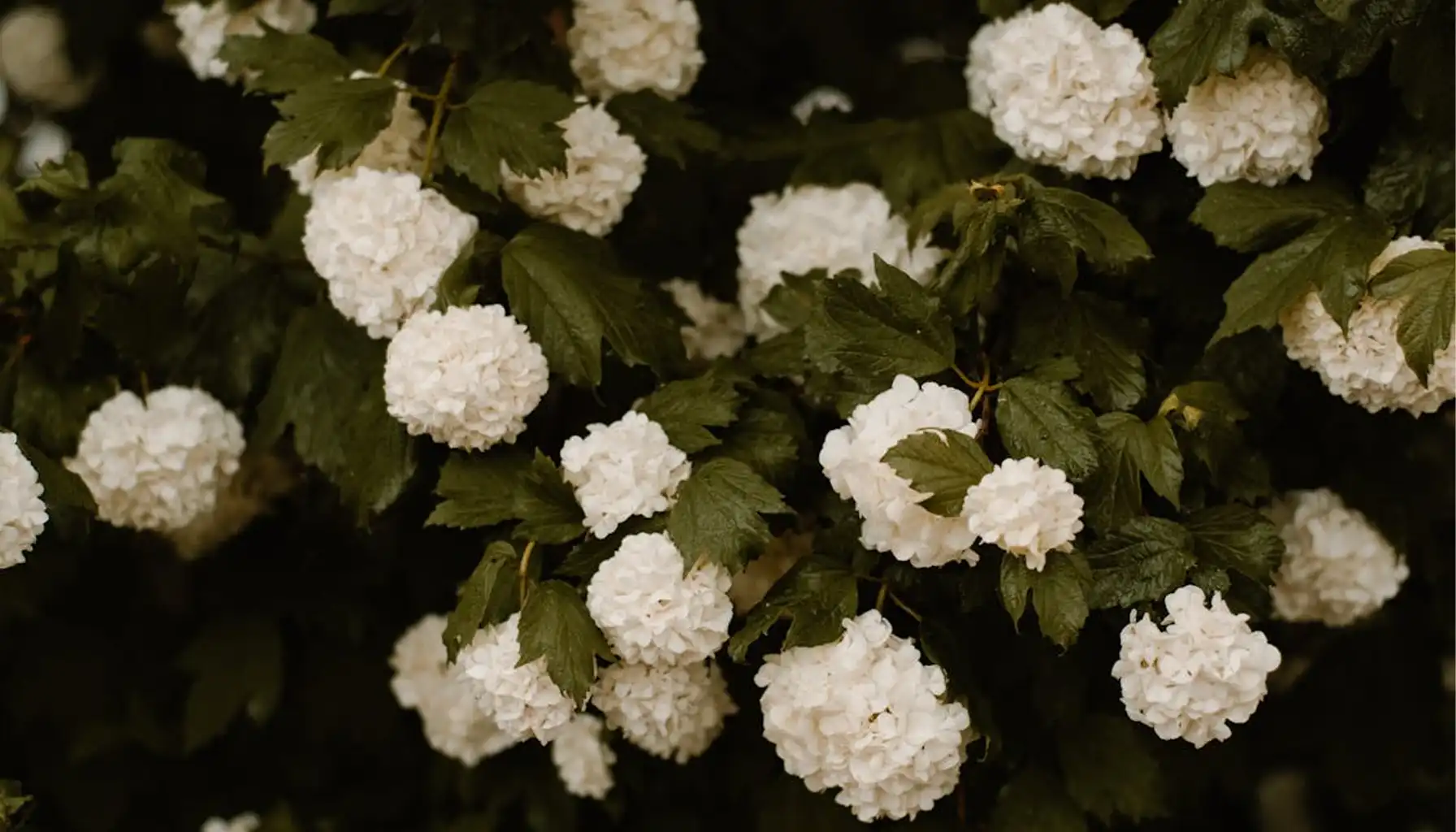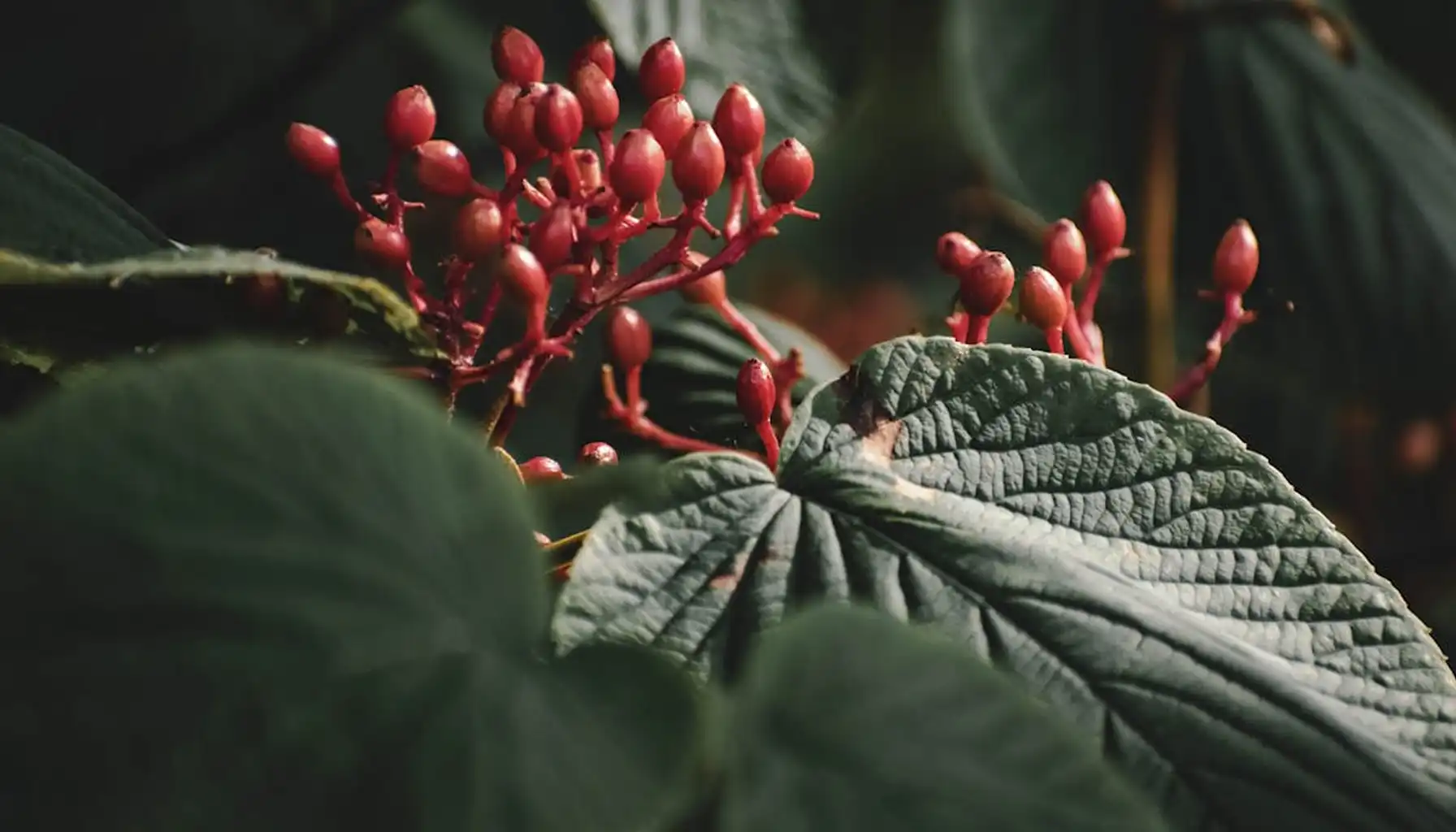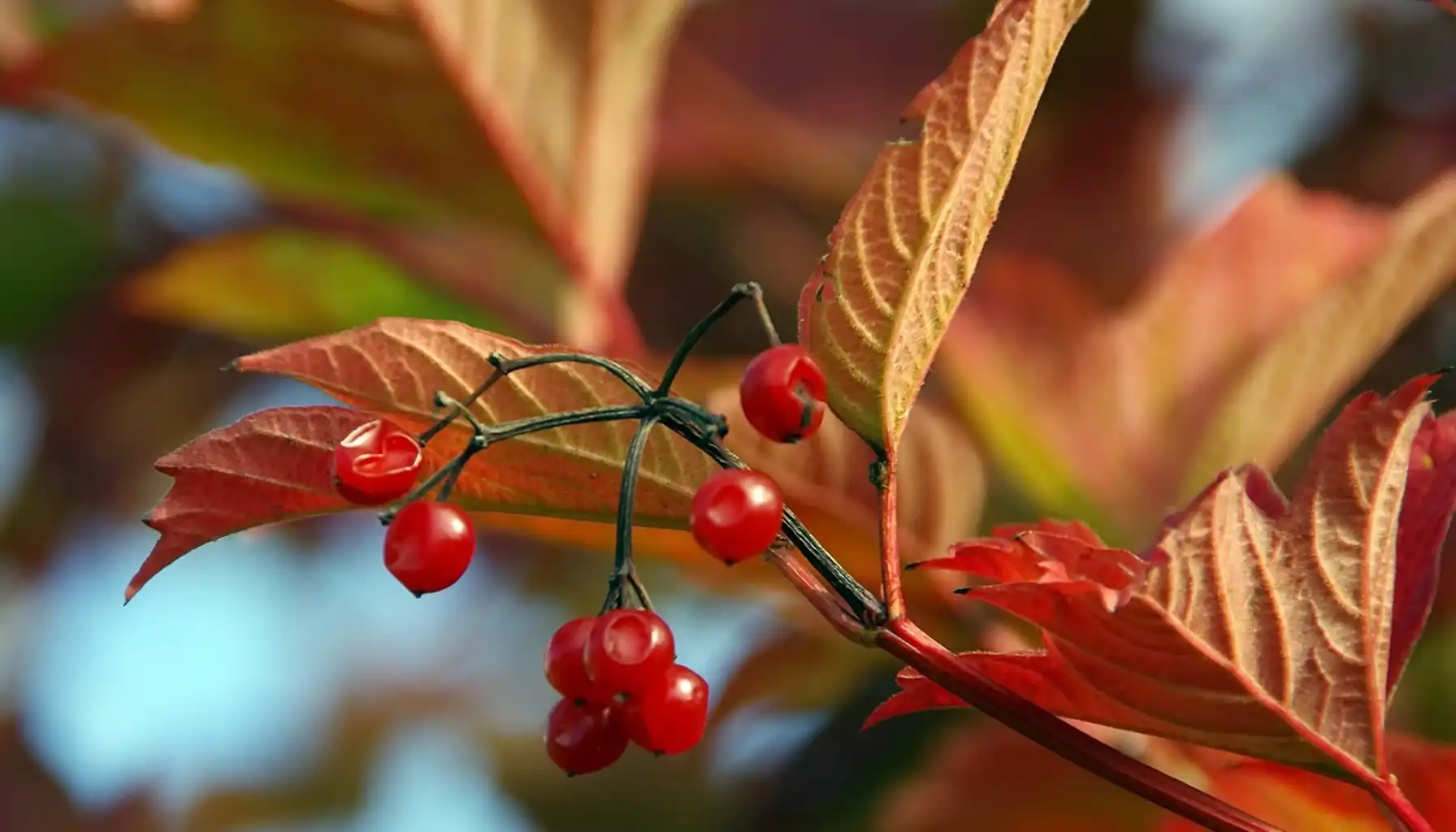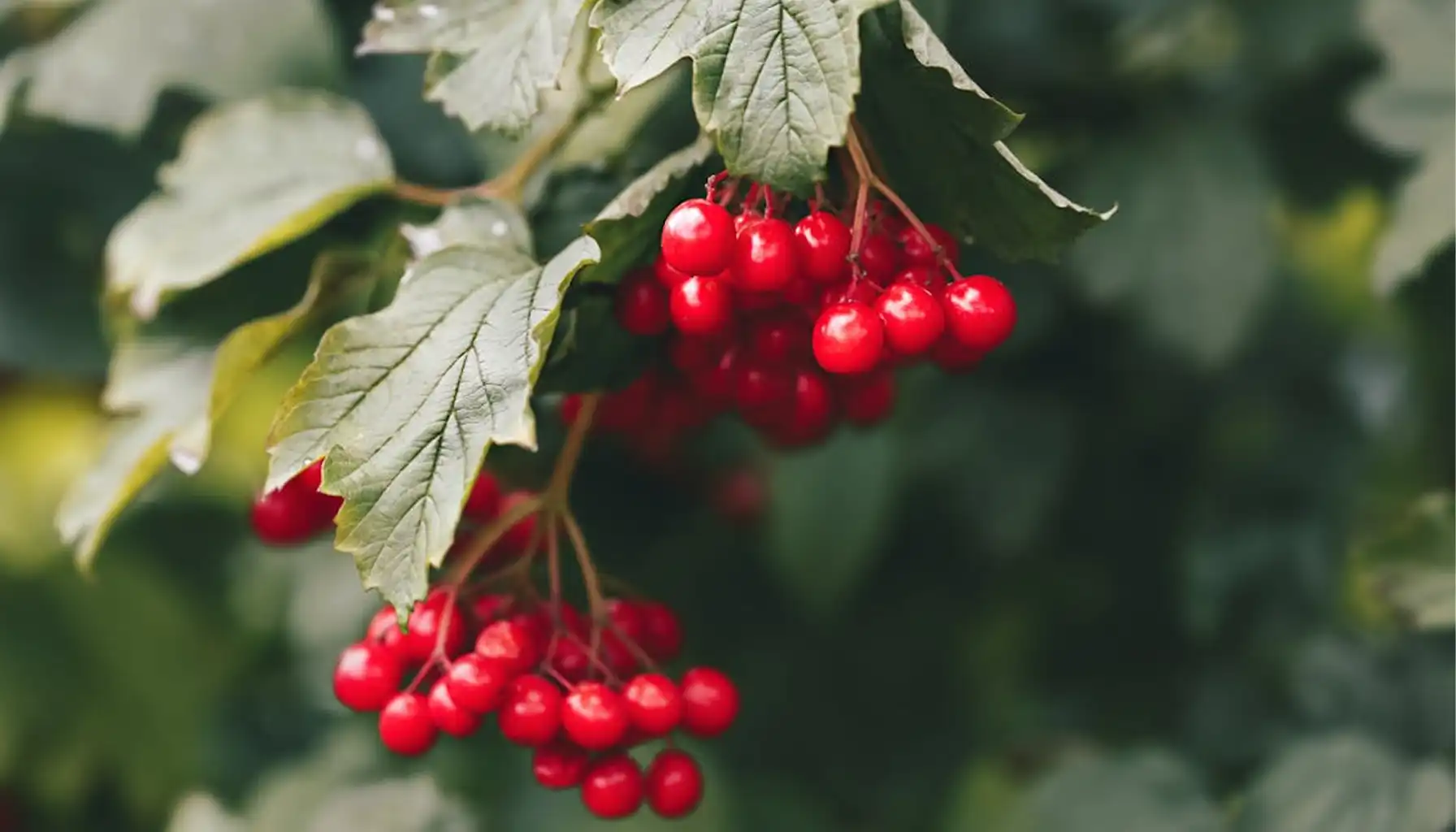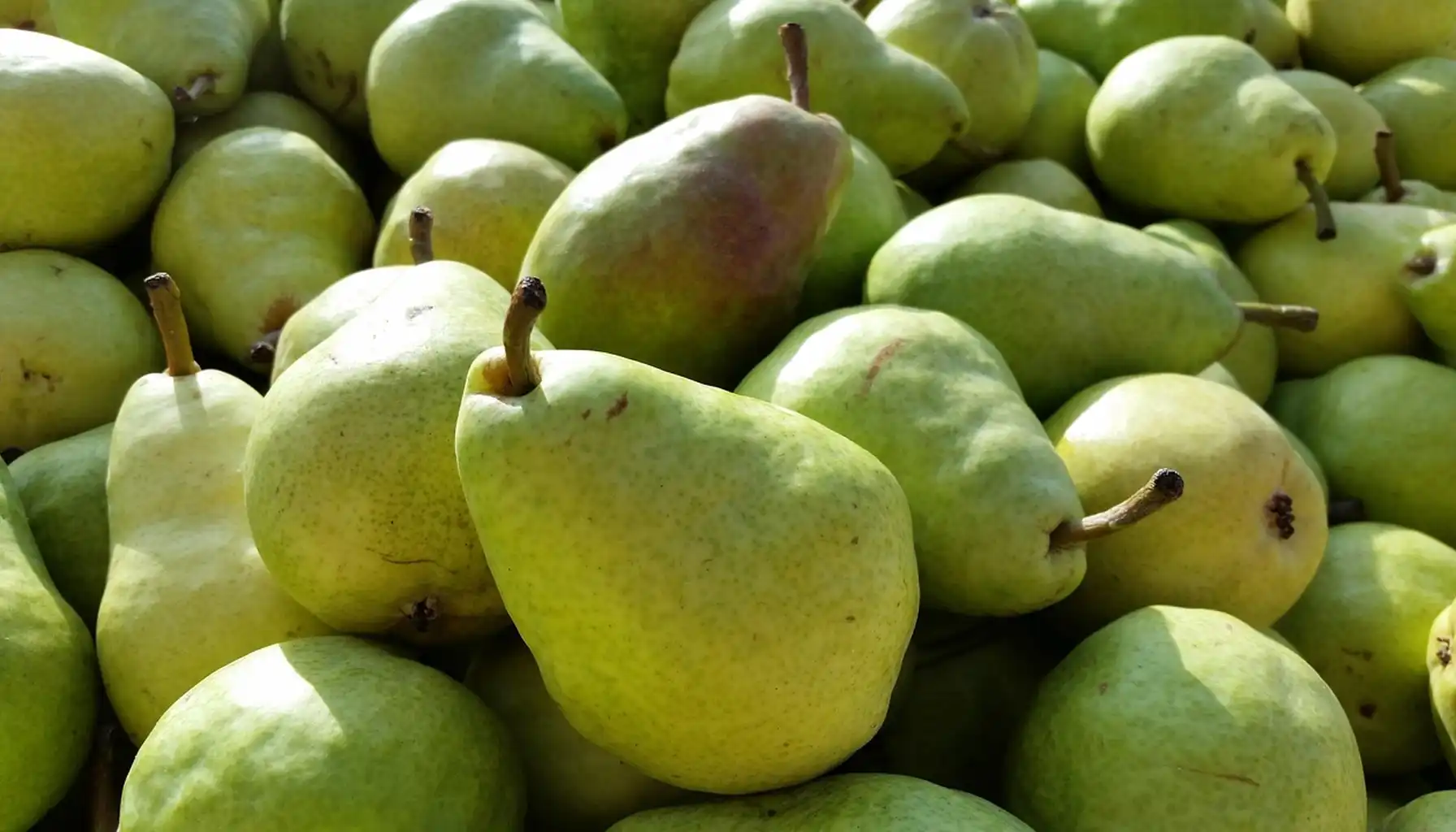Its name comes from Native Americans culture, who used its strong stems to craft arrows for hunting. Today, Viburnum Arrowwood turns out to be a garden favorite type of plant for its ornamental leaves, elegant flowers, heavy berry production, and fast, low-requirements growing habits.
If you want to add more biodiversity and obtain a beautiful and functional addition to your garden, find out how to maintain, arrange, and propagate an arrowwood viburnum tree with the help of modern technologies.
Arrowwood Viburnum Characteristics
Scientific classification: Genus Viburnum, species dentatum, family Adoxaceae
Common names: Arrowwood Viburnum, Southern Arrowwood
Arrowwood Viburnum native range: Widespread in Eastern and Central North America, where it thrives in moist meadows, streambanks, open woodlands, and thickets
Growth habit: Upright to rounded, multi-stemmed deciduous shrub with arching stems
Size: Typically reaches 6–10 feet tall and wide, forming a dense, natural screen
The species name dentatum refers to the shrub’s distinctively toothed leaves, which are ovate and sharply serrated along the edges. Its form is naturally full and rounded, with new stems often arising from the base, allowing the plant to spread gradually over time.
Ornamental Features
Viburnum Dentatum Arrowwood stands out as a four-season shrub:
Flowers: In late spring to early summer, the shrub is covered in flat-topped clusters of creamy white blooms. These flowers are magnets for pollinators, especially bees and butterflies.
Fruit: By late summer, flowers give way to clusters of blue-black drupes. These berries persist into fall and serve as a vital food source for birds and other wildlife. However, they are considered mildly toxic to humans and pets, so they should not be consumed.
Fall Color: Come autumn, foliage transforms into brilliant shades of yellow, orange, or reddish-purple, providing a show-stopping seasonal display.
This combination of blooms, berries, and foliage color makes Arrowwood Viburnum Dentatum a reliable shrub for long-term ornamental value.
Arrowwood Viburnum Varieties and Cultivars
Gardeners have several excellent options when choosing an Arrowwood Viburnum shrub, with cultivars bred for compact growth, enhanced fruiting, or standout foliage:
‘Blue Muffin’ – Compact arrowwood viburnum size (3–5 feet tall), heavy fruit producer, ideal for smaller gardens and ornamental groupings.
‘Chicago Lustre’ – Vigorous, rapid arrowwood viburnum growth rate, glossy green leaves, abundant clusters of berries. Also, arrowwood viburnum deer resistant features make it excellent for hedges and large landscape presence.
‘Autumn Jazz’ – Upright habit with exceptional fall color, particularly vibrant shades of red and orange.
Popular Cultivars to Consider Planting
Cultivar | Height & Spread | Key Feature | Best Use Case |
Blue Muffin | 3–5 ft | Compact, prolific fruit | Small spaces, ornamental clusters |
Chicago Lustre | 8–10 ft | Glossy leaves, heavy fruit | Hedges, natural screens |
Autumn Jazz | 8–10 ft | Superior fall foliage | Focal points, autumn interest |
When selecting a variety, consider available space, desired fruit display, and dramatic red feather Arrowwood Viburnum performance in autumn.
Planting and Site Selection
One of the main Arrowwood Viburnum benefits is its simple adaptation to a wide range of sites. Anyway, it rewards thoughtful placement with maximum ornamental effect:
Light: Full sun to partial shade. More sun encourages heavier flowering and fruit set, while partial shade supports lush arrowwood viburnum leaf structure. Use a Light Meter to check if conditions fit your purposes.
Soil: Tolerates sandy, clay, or loamy soils. Prefers moist, well-drained conditions and slightly acidic pH (5.0–6.5).
Moisture: Naturally thrives along streambanks and meadows just like Angelica plant does, making it ideal for rain gardens or low-lying areas.
Siting tips: Plant as an arrowwood viburnum hedge, screen, or specimen. Provide some shelter from strong winds to avoid branch breakage.
Planting steps:
Dig a hole twice as wide as the root ball but no deeper than its height.
Backfill with a mix of native soil and compost for nutrient support.
Water thoroughly after planting and apply a 2–3 inch layer of mulch to conserve moisture.
Care and Maintenance
Arrowwood Viburnum is low-maintenance but benefits from seasonal care:
Watering: Provide regular watering during the first growing season. Mature shrubs tolerate short dry periods but prefer consistent moisture.
Feeding: Apply compost or a balanced fertilizer in spring. Organic mulch improves root health and soil structure.
Pruning: Prune immediately after flowering to shape the plant and thin older stems. Avoid heavy fall arrowwood viburnum pruning, which can remove next year’s flower buds.
Pest and disease: Resistant overall, but occasionally affected by aphids, viburnum leaf beetles, or whiteflies. Remove infested stems and use organic treatments when necessary.
Pro Tip: With AI Plant Finder, you can set reminders for Arrowwood Viburnum care routines, such as watering, pruning, and fertilizing. The app’s photo-diagnosis feature also helps identify early signs of pest issues, ensuring your viburnum dentatum (arrowwood viburnum) stays healthy.
Propagation Methods
Sparkler Arrowwood Viburnum adapts well to different styles of gardens, urban environments, and even indoor décor. Its flexibility makes it a shrub that can be used creatively across contexts.
Functional Landscaping
Hedges and Screens: Dense foliage and upright form make this shrub ideal for natural privacy barriers, living fences, or windbreaks. Rows of southern Arrowwood Viburnum offer structure while still providing seasonal flowers, fruits, and fall color.
Rain Gardens: Its ability to thrive in moist soil makes it a perfect candidate for rain gardens or stormwater management areas. It stabilizes the soil and adds beauty where water tends to collect.
Garden Styles
Mixed Borders: Arrowwood Viburnum pairs beautifully with lilacs, hydrangeas, peonies, and ornamental grasses like anise hyssop. These combinations create multi-layered displays, ensuring interest from spring blooms to a vivid arrowwood viburnum fall color.
Cottage and Wildlife Gardens: With its natural form and ecological value, it fits seamlessly into informal cottage-style landscapes. Birds feast on the berries, and pollinators are drawn to its creamy flowers.
Formal Designs: Though naturally arching, the shrub tolerates pruning and shaping, making it suitable for symmetrical plantings in traditional or formal garden layouts.
Urban and Public Spaces
City Landscaping: Arrowwood Viburnum is resilient in polluted or compacted soils, making it well-suited for courtyards, roadside plantings, or community green spaces. It also adapts to large planters on balconies or terraces, offering greenery where ground space is limited.
Decorative and Indoor Uses
Cut Branches for Bouquets: In spring, flowering stems can brighten vases with their soft, creamy clusters.
Autumn Arrangements: Branches heavy with berries or colorful foliage are striking in seasonal displays, both fresh and dried.
Winter Minimalism: Bare arrowwood viburnum winter stems with interesting structure can be incorporated into minimalist décor or paired with evergreens for festive arrangements.
Wildlife and Ecological Benefits
Getting an Arrowwood Viburnum for sale is a great step in ecological gardening for many reasons:
Fruit: Blue-black drupes provide an essential food source for birds, especially migratory species.
Flowers: The creamy blooms attract pollinators such as bees, butterflies, and other beneficial insects.
Habitat: Dense branching provides nesting sites and cover for small wildlife.
Sustainability: Native to North America, it supports local biodiversity and thrives with minimal intervention.
Frequently Asked Questions
What is Arrowwood used for?
Natural screens, erosion control, and wildlife support; historically, its stems were crafted into arrow shafts.
Are arrowwood viburnum berries edible?
Yes, in most cultivated species berries are safe for birds, humans, and pets. They can be used in pies, jams, and bakery.
What is viburnum used for?
Primarily for ornamental landscaping, hedges, and wildlife gardens. Some species have cultural or medicinal uses.
Is viburnum poisonous?
Most of the arrowwood viburnum edible species are safe but some of them, at the same time, are considered mildly toxic and might cause vomiting.
What are the benefits of a viburnum hedge?
Privacy, seasonal color, wildlife habitat, erosion control, and minimal care requirements united with a considerable arrowwood viburnum height.
Related AI Plant Finder Posts
